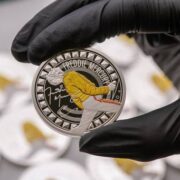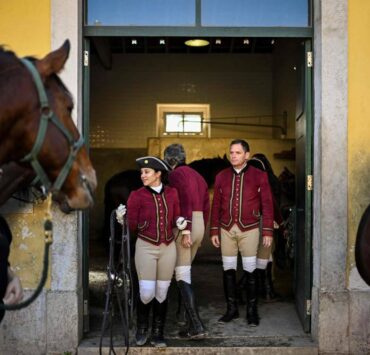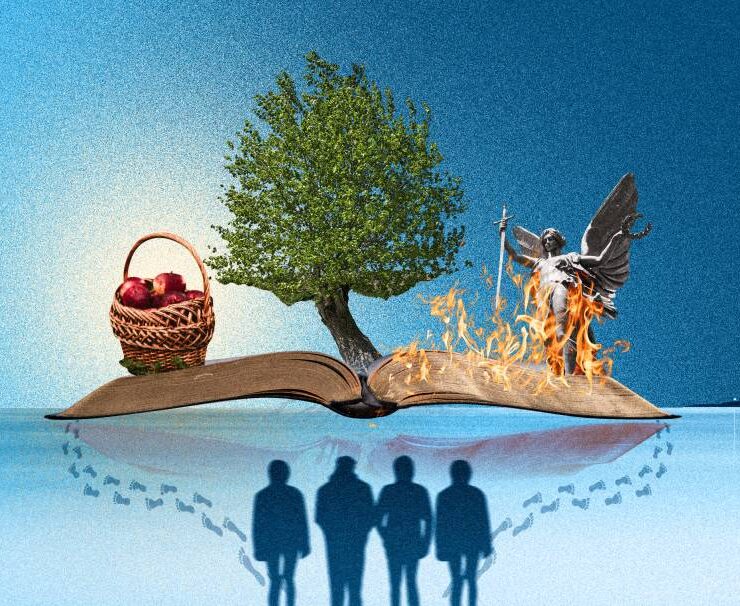How to live a fully human life

January 19, 2025 – Feast of the Santo Niño
Readings – Isaiah 9:1–6; Psalm 98, R: The Lord is king; let the many isles be glad.; Ephesians 1:3–6, 15–18; Gospel – Luke 2:41–52
At the start of each year, Filipinos have the special privilege to celebrate the Feast of the Santo Niño on the third Sunday of January. The feast reminds us of the importance of caring for our youth. As Nelson Mandela put it, how we care for our children defines our soul as a people.
How do we care for our children? Or how should we care for them?
The esteemed theologian Fr. Hans Kung, said that for a person to live a fully human life, you must give that person something to live on, something to live for, and something to die for.
Let us use these three “musts” to reflect on today’s feast and Gospel, and how we care of our youth.
Let me begin with the last “must”—giving our youth something to die for. This is what we see in today’s Gospel. At age 12, Jesus begins to be aware of and to understand his mission: “…I must be in my Father’s house?” (cf. Luke 2: 41-52)
This mission became clear 18 years later. We saw this in last week’s feast and Gospel, the Baptism of Our Lord, where we saw how it became clear to him that he is the Beloved Son in whom the Father is well pleased. (cf. Luke 2: X-X)
This identity and mission of the Lord became crystal clear in the Paschal Mystery. His death on the Cross showed why and how he is the Beloved Son. His Resurrection was the Father’s affirmation of how well pleased he was.
Literally, Jesus’ mission was something or someone to die for. But beyond simply dying for something or someone, it was the choice to sacrifice his life out of loving obedience.
Here lies the difference and the clarity of the process. The dying for something or someone was borne out of love, a love that was an act of perfect obedience.
Hidden life
Jesus, the 12-year-old in the temple, in the next almost two decades, “was obedient to [his mother and foster father]…[and] advanced in wisdom and age and favor before God and man.”
It was during this period of the so-called hidden life, including the prior years, that Jesus was given by Joseph and Mary something to live on and something to live for.
It is said that Jesus was a carpenter. Tradition believes he took up the trade of his foster father, Joseph. This was Jesus’ something to live on.
In his first decade plus, Jesus also saw what his something to live for was. This led him to say in today’s Gospel that he had to be in his Father’s house.
This was further deepened with the example of his mother, Mary, who kept all things in her heart. She modeled for him the graces of solitude and silence, of prayer and reflection.
In his final moment of prayer at the threshold of his Passion that would lead to the Cross and Resurrection, Jesus’ loving obedience synthesized his life, what he lived on and lived for, in what and who he died for.
How have we provided our youth with the opportunities for the three “musts” to live a fully human life?
In the work that we do with and in Caritas Philippines, we try to address giving our youth something to live on through education programs that nurture and form, educate and train out-of-school youth and academically challenged students.
The former belong to the 20 million Filipinos who never had the chance to complete basic education. The latter are the victims of the multiple problems our education system faces.
Fighting chance
Yes, our education system failed them. We can blame the government. Fair enough, and taking into consideration the situation developed through decades. But we need to do our share in giving these youth a fighting chance.
Formation is what heals these victims of a failed system, resulting from the injustice of decades of neglect and corruption, the scandal of poverty made more scandalous by the widening gap between the few who have access to majority of the resources of our society, and the great majority who have very little to almost no access to these resources.
Aware of opening our work to criticism, we choose to work for and with these youth in partnership with the government, using the resources that rightly belong to these youth.
We are not naïve. We are conscious of and careful not to be a victim of political manipulation and/or an unknowing party to corruption. In the complex approach we have chosen, to create partnerships leading to building networks of compassion to address the needs of our youth, we need to constantly discern.
Part of our discernment is always keeping our focus on our mission, to serve and care for the Filipino youth, and using this as our north star to guide us in creating partnerships with all sectors, including government, that will give them something to live on, something to live for, and something to die for.
We pray that we will be authentic models to our youth of living out our mission to give them the three “musts” to live a fully human life.
May we be most credible and authentic in the most important “must.” May they see in us and in our work, lovingly offered to them, a witness to something and someone to die for.
Our Caritas Philippines work always tries to integrate basic character and values formation as our programs are open to non-Catholics and non-Christians.





















